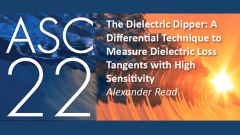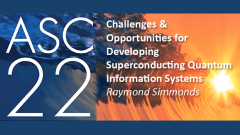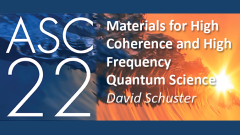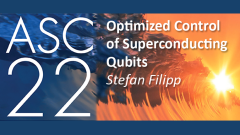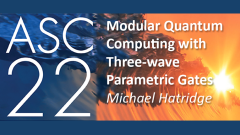The Josephson Effect: The Josephson Volt
In 1962 Brian Josephson predicted that a superconducting tunnel junction subjected to microwave radiation of frequency f will produce voltages quantized in units of hf/2e, where h is the Planck constant and e is the elementary charge.
This ac Josephson effect was of immediate interest to metrology, because it relates voltage (a poorly known quantity) to frequency (known to high accuracy) through two fundamental constants. The basic effect was verified experimentally by Sidney Shapiro, and the predicted quantization was subsequently shown to be of metrological accuracy by Don Langenberg and collaborators, among others.
Thus, in 1972 the ac Josephson effect was adopted internationally as a practical standard of voltage, becoming the first quantum electrical standard. Today, series arrays including as many as 300,000 Josephson junctions produce quantized dc voltages well in excess of 10 V and are used in measurement laboratories around the world. In addition, pulse-driven junction arrays have been used to generate highly accurate ac waveforms. The metrological community now anticipates that the Josephson volt and the quantum Hall resistance will soon lead to a redefinition of the SI units that eliminates the kilogram as a base unit and rids the system of its last remaining artifact standard
In 1972 the ac Josephson effect was adopted internationally as a practical standard of voltage, becoming the first quantum electrical standard.
 Cart
Cart Create Account
Create Account Sign In
Sign In
